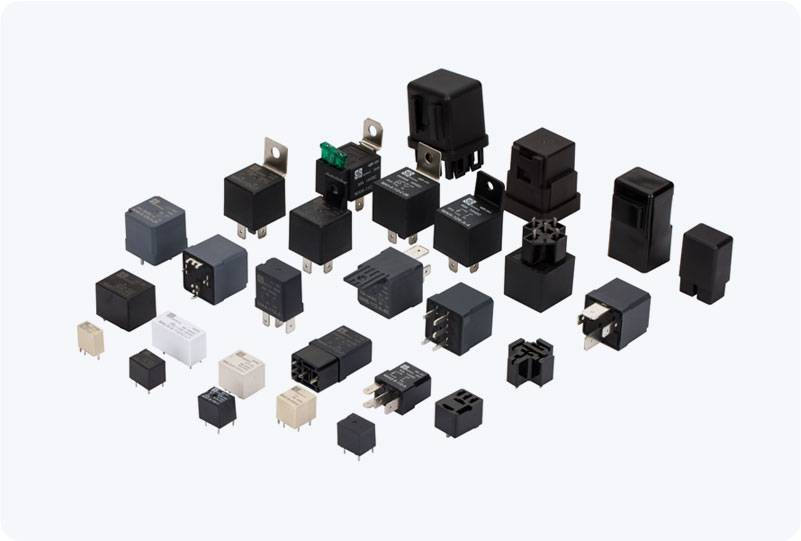Li-ion (Lithium-ion) batteries are an integral part of modern technology, powering everything from smartphones to electric vehicles. As the demand for efficient, high-capacity battery systems grows, so does the importance of ensuring these systems operate safely and reliably. One critical component that helps achieve this goal is the Li-ion Battery Relay. These relays play a crucial role in battery management systems (BMS) by controlling and protecting the battery’s charging, discharging, and overall performance. This article explores the function, importance, and application of Li-ion Battery Relays, shedding light on their role in maintaining the safety and efficiency of battery-operated devices.

What is a Li-ion Battery Relay? A Li-ion Battery Relay is an electrical switch that controls the connection between the battery and other components of the system, such as the charging circuit, load, or inverter. The relay acts as a safeguard, ensuring that the battery operates within safe parameters. It monitors various factors, such as voltage, current, and temperature, and automatically opens or closes the circuit to protect the battery from overcharging, overdischarging, short circuits, or overheating. Functions of Li-ion Battery Relays Charging and Discharging Control: The primary function of a Li-ion Battery Relay is to control when the battery is charging and discharging. During charging, the relay ensures that the battery is connected to the charging circuit only when it is safe to do so. Similarly, during discharging, it ensures that the battery only powers the load when it is within a safe operational range. This helps prevent the battery from entering harmful operating conditions.